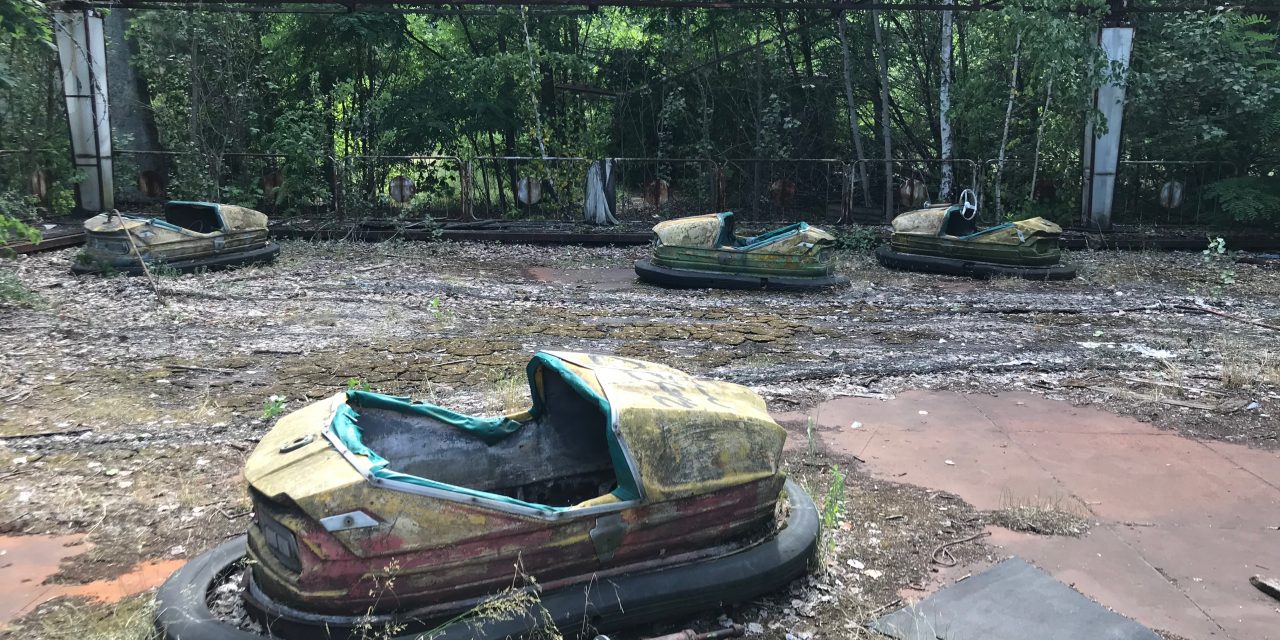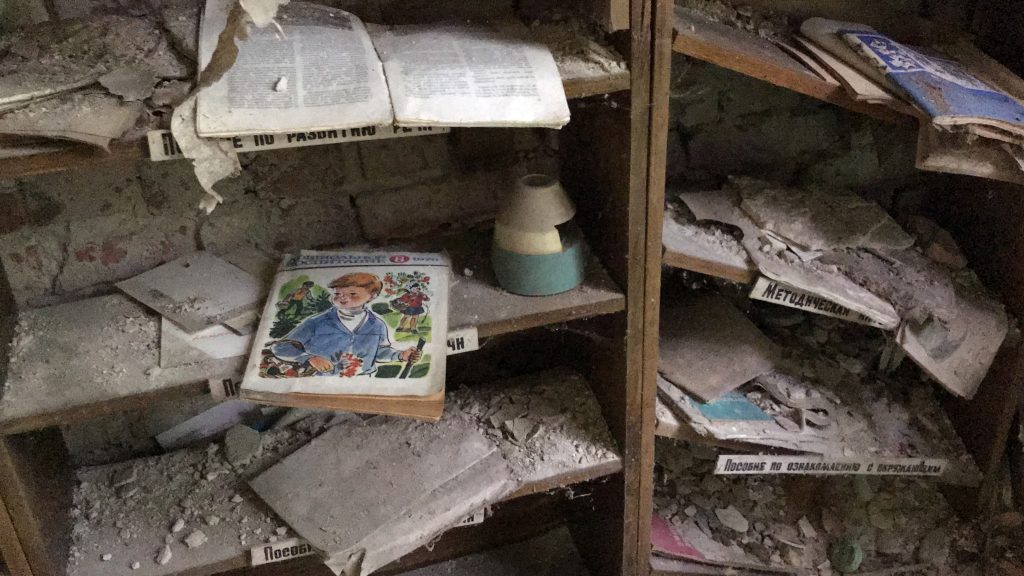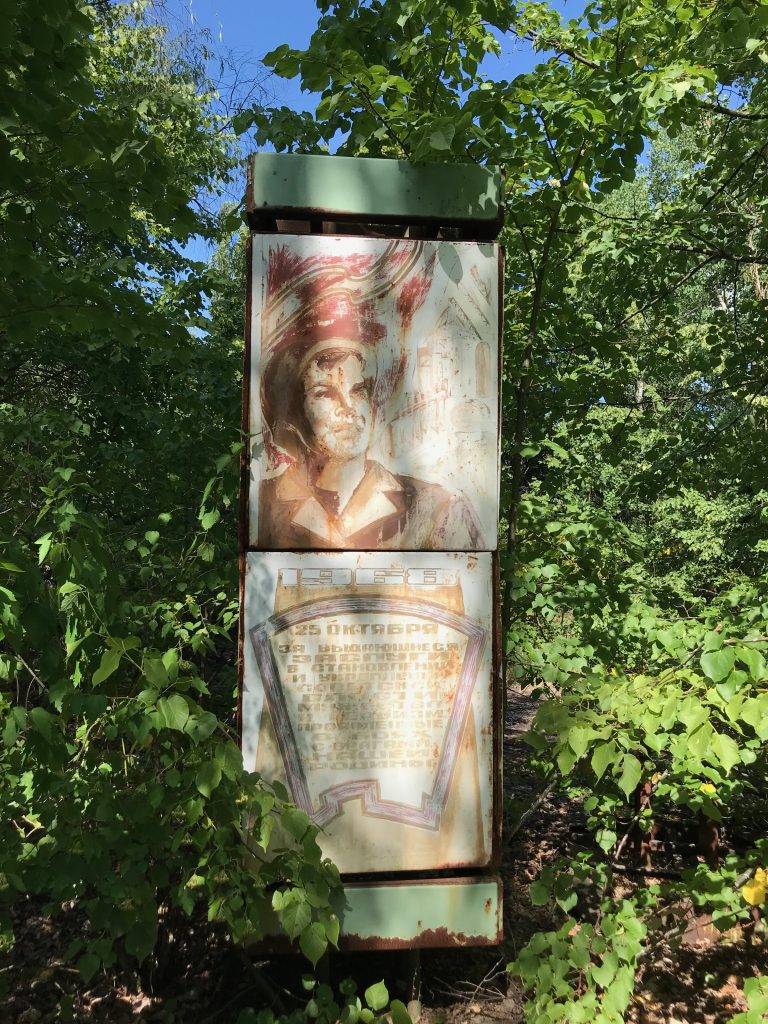Ukraine
Time Stands Still in Chernobyl
Article and Photography by Daniel Smajovits
An eerie silence lingers in the air of Pripyat, Ukraine. Thirty-three years after the Chernobyl nuclear disaster, it’s seemingly impossible to imagine this was once a bustling city, home to 50,000 men, women and children.
Located approximately two hours north of Kiev, the Chernobyl Exclusion Zone is perhaps one of the world’s most fascinating destinations, where visitors can set foot in a place where time has stood still since 1986.
Our visit was facilitated by ChernobylWel, one of the pioneers in Chernobyl tourism. Established by journalist Dominik Orfanus, the company has been running daily trips from Kiev to Chernobyl since 2008. Over the course of a 12-hour day, guests are given the opportunity to experience the area through the eyes of a journalist, as well as with humility and respect for both the disaster and aftermath.
With safety the primary concern, the Ukrainian government mandates that all guests wear a dosimeter that tracks accumulated radiation exposure throughout the day. Additionally, ChernobylWel provides guests with a personal Geiger counter which constantly measures radiation levels in the vicinity. Overall, on a one-day trip, guests are exposed to a cumulative amount of radiation that is equivalent to a flight from Montreal to Vancouver, while Geiger measures creep up only slightly from the original levels in Kiev. Experienced guides will point out numerous “hot zones” that read dangerously high levels of radiation and control access to these areas, further ensuring safety. Furthermore, all guests go through multiple radiation checks to ensure there is no lingering dust on their person.
All trips begin with an early morning pick up in Kiev to ensure that visitors have the chance to see all the unique sites in the area. While the Chernobyl Nuclear Plant provides the namesake for the region, today, the Exclusion Zone is a living monument to the Soviet Union, replete with original propaganda, signs, symbols and the only remaining Vladimir Lenin statue in the country. Guests also have the chance to visit one of two Duga Radar Stations in the world. The radar station, which is 135 meters tall and 300 meters wide, was built independent of the plant and was a key component of the Soviet missile defense system during the Cold War.
For some, the highlight of the visit is the town of Pripyat itself, including the abandoned amusement park with the iconic Ferris Wheel or the kindergarten with the decaying dolls, schoolbooks and chalk board with a 33-year old lesson. For others, it’s the actual site of the Chernobyl Nuclear Plant, which to everyone’s surprise, is still a hub of activity. Towering above the plant is a newly built containment dome. The dome, an engineering feat in itself as it was the largest movable structure ever built, has a lifespan of 100 years. Underneath the shimmering dome are robots which continue the cleanup inside the reactor. Estimates for the area to be fully de-contaminated range from centuries to 20,000 years.
Whether your interest is in modern history or the macabre, a visit to the Chernobyl Exclusion Zone is still one of the most unique trips any tourist can take and a must-see, should your travels take you to Ukraine.
The Ukrainian Government limits travel into to the Chernobyl Exclusion Zone and all tourists must be accompanied by a registered tour guide. Over the years, the number of visitors has steadily increased, recently ballooning by 30 percent due to the very accurate HBO documentary on the disaster. Due to the limited number of daily visitors, it is best to reserve your tour well in advance.
www.chernobylwel.com



















